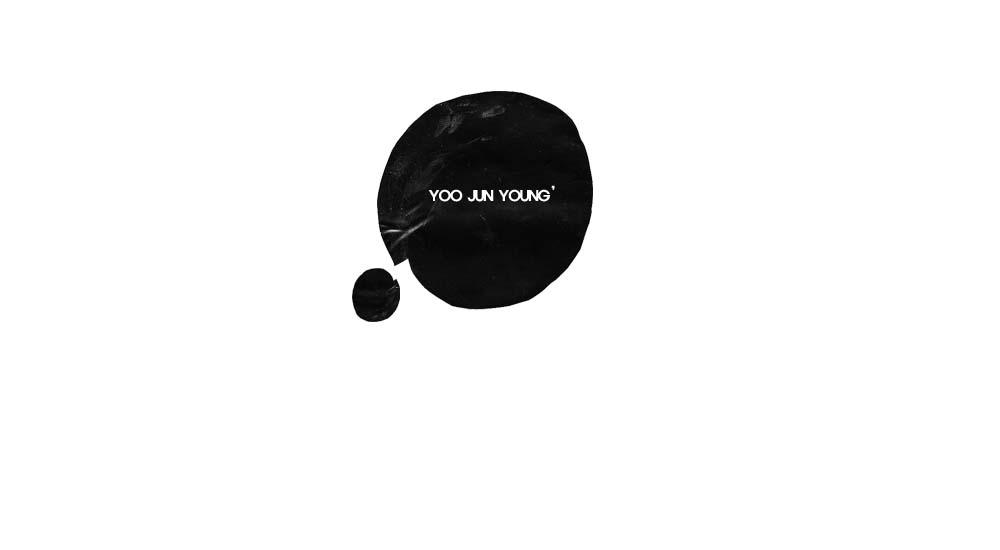Introduction to the Shirt Collar
Men’s dress shirt collars come in all different colors, sizes, and styles.
The right collar on the right type of face is a sight to behold, a union of shapes and curves that bring out the best in each other.
A collar’s job is to properly frame the face, accentuating a man’s facial strengths while down playing any abnormalities.
Our discussion here centers around turn-down collars; if you are interested in learning about wing collars, (aka black tie collars) visit my other articles on men’s classic syle.
To facilitate this discussion, let us define a few terms important to understanding a shirt collar.
2. Collar Point Length – The distance from the Collar Points to where they meet the Collar Band.
3. Collar Band- the piece of fabric that wraps around the neck.
4. Collar Height- The height of a folded collar as it fits on the neck.
5. Tie Space – The distance between the top of the folded collar parts when the shirt is buttoned.
6. Spread – The distance between Collar Points.
The Popular Point Collar
The point collar is the most common turn-down collar style, found on approximately 90% of men’s dress shirts. Having it’s origins in the military uniforms from the turn of the 20th century, the variations of the point collar have established themselves as the de facto collars of the world due to their ability to remain neutral (an important characteristic for manufacturers looking for a collar type that will appease the majority of wearers).
Key characteristics are that the collar is cut so that the “points” are reasonably close together, sometimes to the extent that they almost hide the top portion of a tie. In more extreme versions of the collar, longer more closely set points tend to draw the eye down towards the tie and away from the face, while a more moderate cut frames the tie and completes the arrow effect pointing at the face. The point collar is most at home on a man with round facial features; the collar’s elongating effect help to even out the look of his face. Men with thin faces should avoid these collars, as that they will only accentuate this feature.
Narrow Straight Point Collar – Here we see another version of thestraight point collar, however in this version notice the even smaller spread between the collar points accentuated by the lack of a tie space altogether. The collar point length here is closer to 3 1/2 inches, a clear indicator that this collar is meant to help a round faced man look less plump.
Spread or Cutaway Collars - The Road Less Traveled
The second popular style is the cutaway, or spread collar. These collars have the points “cut away” or spread – thus the name – revealing more of the upper shirt area and leaving additional room for larger knots such as the Windsor. Like the point, spread collars come in a variety of widths, with more moderate ones resembling slightly flared point collars, while more extreme versions can be nearly horizontal.
The particular dimensions are best left to the wearer’s preference and body type, with very wide spreads tending to accentuate wider figures while creating a more fully proportioned look on thin gentlemen. With that being said the spread collar is most at home on a man with thin or long facial features; the collar’s widening effect help to even out the look of the face. Men with round faces should avoid these collars, unless they plan on wearing them without a tie.
Other Collars that Break the Mold
